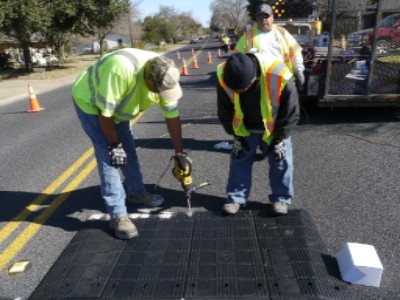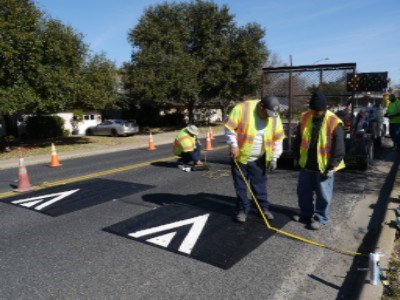-
Austin Oaks is a 31‐acre office park located at the southwest corner of Spicewood Springs Road and Mopac. Redevelopment as a Planned Unit Development, PUD, was proposed in 2015.
During the week of January 24‐29, 2016, the owner of the Austin Oaks site and the neighborhood stakeholders surrounding the site participated in a design charrette in a collaborative effort to create a consensus‐based design for the site. The charrette was announced in a November 29, 2015 post on this website.
Representatives of the North Shoal Creek Neighborhood Association Development Committee participated in that charrette. The Committee’s report to the Board can be read at this link: CHARRETTE UPDATE
The letter of no confidence referred to in that report is posted at this link: LetterofNoConfidence
Appendix A to that summary is at: Appendix A
A summary of the charrette plus day-by-day summaries and design plans can be viewed at: NWACA Summary
new: The NSCNA Board of Diorectors approved a resolution opposing the results of the charrette. That resolution can be viewed at: BoardResolution (revised March 16, 2016).
-
The next General Membership Meeting of the North Shoal Creek Neighborhood Association will be held:
When: Tuesday, March 1, 2016, 6:30 PM to 8:30 PM.
Where: Pillow Elementary School Cafeteria, 3025 Crosscreek Drive.
The agenda will include normal business activities of annual budget, committee reports, volunteer sign-up, and neighborhood survey, as well as the following special activities:
- Traffic calming presentation/discussion with Austin Transportation Dept and Public Works.
- Capitol Metro presentation about transit conversation.
-
This from a communication from the office of City of Austin Transportation Department: New traffic calming
 project installed in District 7
project installed in District 7
The Austin Transportation Department (ATD) began installing speed mitigation devices on Rockwood Lane between Primrose Lane and Steck Avenue on Feb. 16, 2016. The project is part of the Local Area Traffic Management (LATM) program, a community-request driven program which aims to enhance safety by addressing a documented speeding issue on neighborhood roads. Following approval of the Rockwood project through the LATM process, ATD completed installation of four sets of pre-fabricated rubber speed cushions as the first phase of the traffic calming project on Feb. 16. These cushions have been strategically placed so that passenger vehicles are required to slow down while still allowing emergency vehicles to straddle the devices without affecting response times.
In the next phase a traffic circle will be installed at the intersection of Rockwood Lane and Stillwood Lane. Traffic circles have been proven to reduce speeding and increase driver awareness, two things that will help enhance roadway safety for the neighborhood residents and families attending Pillow Elementary School. ATD anticipates construction of the traffic circle to begin later this year.
Residents along Rockwood Lane submitted an LATM program application in 2012. As part of the approval process ATD completed a speed study in the area and during a 24-hour period documented more than 320 instances of vehicles traveling more than 35 miles per hour (mph) in the 30 mph zone.
-
The Austin Code Department Report for the First Quarter 2016 can be viewed by following this link: Code_Compliance/2016-Q1-Quartly-Report.pdf
-
This is a report received from CodeNEXT about the Sound Check held in November 2015:
The November 2015 CodeNEXT Sound Check gave code-writing pros the opportunity to test development concepts. Austinites converged on the Linc to participate in pin-up sessions and various workshops.
A recently released report (http://austintexas.gov/sites/default/files/files/Planning_and_Zoning/CodeNEXT/SoundcheckReport_1.29.16_FINAL.pdf) details the results as well as offers insight on next steps. At the Sound Check, the CodeNEXT team evaluated draft code standards within specific focus areas, incorporating a series of “What if” or “How might we” exercises.
In the upcoming months, the CodeNEXT team will release Code Prescription papers. These papers will explain how the new code will address the following areas of concern: built and natural environment; mobility; household affordability; and fiscal health.






